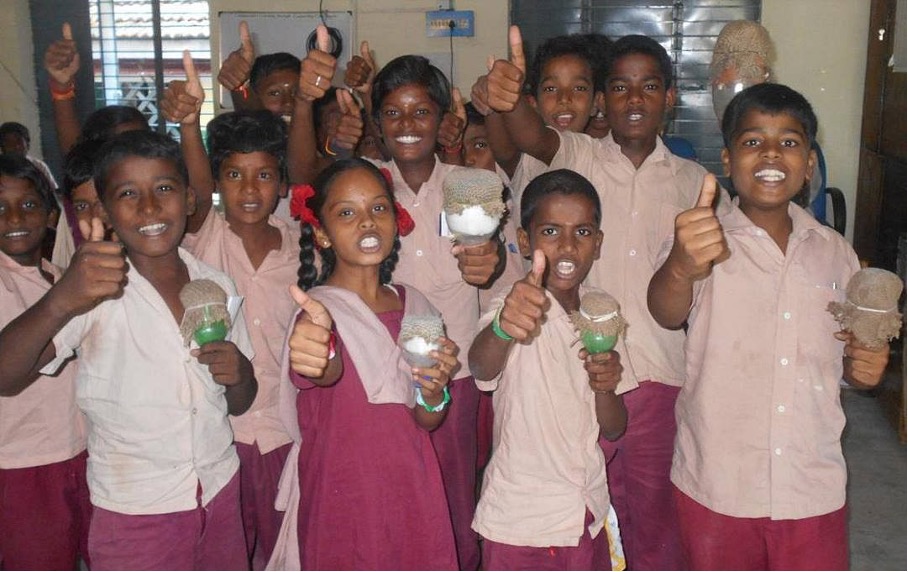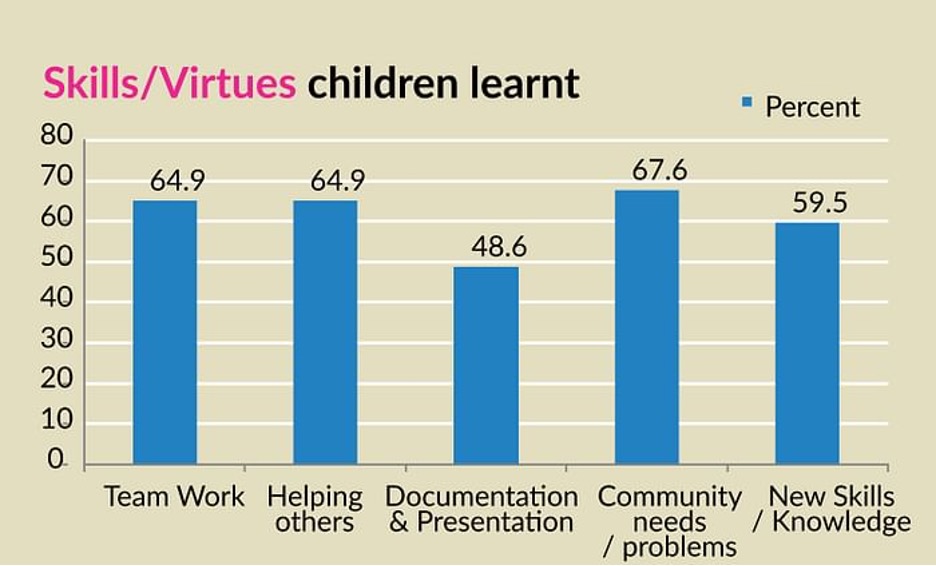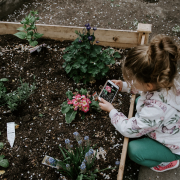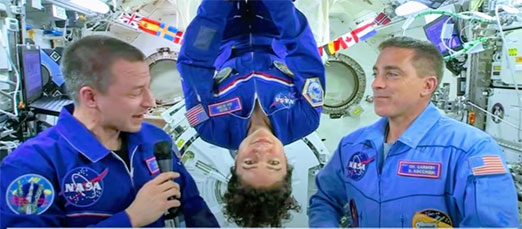VUCA: Volatility, Uncertainty, Complexity, and Ambiguity
Paul Magnuson, Director of Educational Research, Leysin American School.
Volatility, Uncertainty, Complexity, and Ambiguity. We hear a lot about VUCA. About how we have to deal with it now and about how we as teachers need to prepare students for a world characterized by it.
Not everything is VUCA, of course, but I agree that we are better off preparing students to handle unpredictable change than to hope it’s not necessary. It is necessary. You might say our whole world is having a bit of a VUCA test right now. How well are school administrations handling the unpredictable shift and ongoing uncertainty of the pandemic? Maybe we, they, all of us could have used a bit more practice with VUCA as students?!
When we were in school – at least for the overwhelming majority of us – we probably got a lot of practice with SCSC: Stability, Certainty, Simplicity, and Clarity. That is how the curriculum was set up for us. And the schedule. And the teaching. And the assessment. And and and. Is that what we should pass on to the next generation?
Let’s think a bit about SCSC. (Okay, I know this acronym will never catch on. It’s nothing compared to the power of VUCA with its dark vowel and the voiceless velar stop that thuds with such certainty. VUCA is serious. SCSC is, well, just an acronym to make a point here.)
In general, curriculum is a prescribed list of certain things to know, brought to students through simple and clear instruction, with stable assessments and reporting mechanisms to allow comparison of growth over time and across groups. There are many things about this mindset that work very well. What we might want to consider, however, is that this SCSC mindset not only teaches the published curriculum, it also teaches the SCSC mindset. The students learn the content to some extent, yes, AND they learn the underlying assumption of how the world works and what it means to learn.
I believe this is similar to Marshall McLuhan’s phrase “the medium is the message.” When the content of school is nicely delivered in SCSC mode, the underlying assumption of a simple and orderly world is the medium that we are communicating to students. We are teaching the medium as surely as we are teaching what the medium is intended to teach – the curriculum content.
I suppose this is also captured in the concept of a hidden curriculum. We always pass on cultural values that are not explicit in the curriculum, whether it be ways of knowing, sanitized histories, or prejudice. In this context, we can think of McLuhan’s medium, which I’m trying to say here is the mindset of SCSC upon which school is built, as a cultural value that is part of the hidden curriculum we unwittingly teach.
The outcome? School is not a great place to prepare students for VUCA. Our underlying assumptions about schooling hamstring us. To prepare students for a VUCA world in a SCSC culture (our schools) can only have limited success – unless we allow for some VUCA in our curriculum, our instruction, and our assessment.
The good news is that I think we can all make some progress here. There is room to shift within our current structures, at multiple levels, whether it be a single activity in a course or an alternative program in a school. To start shifting we do have to realize how un-VUCA we are, I suppose, and what it would mean to allow a bit more VUCA without slipping into chaos. Perhaps there is guidance for us in the Cynefin Framework, which plays with transitions between simple, complicated, complex and ultimately chaotic situations. Check it out.
I’ll start with one example of what we might usefully change from each of these areas: curriculum, instruction, and assessment. I encourage you to think of additional examples.
Curriculum. Let there be some space in the lists of content to cover. Introduce some air in the system. Tawan recently introduced two hours weekly to its curriculum, during which students work on independent projects. In other words, it’s possible for most if not all of us to create space in the curriculum that isn’t so heavily pre-programmed, if we want to – even at the governmental level.
Instruction. When you consider how you’ll teach concepts and units, build in team projects as you are able. Identify a simple framework to teach the students to manage the team themselves. Provide them the end goals but back off a bit – where you are able – on how they are going to get there. Let yourself believe that some of the off-task behavior is actually necessary. Those off-task minutes aren’t always lost instructional time – they might be necessary social positioning time, or creative idea-generating time, or otherwise valuable.
Assessment. When you have a choice not to assess a particular task, don’t. Or at least, look for a way that students can get feedback on what they are working on that doesn’t feel like the adult is passing judgment. Hiding behind a rubric isn’t enough here – set up structures for feedback that are teacher-free. Help students learn to give each other respectful feedback. We borrowed the “learning circus” from the highly innovative Tiimikatemia approach. Students not only get feedback on their work, they practice giving and receiving feedback without relying on the teacher.
The result of implementing these shifts – and those you think of – is a learning environment that is a little less SCSC and a little more likely to allow students room to practice thinking and acting in manners that our world will require of them. We learn, after all, what we practice, so allowing time to practice in a safe environment in a VUCA way is, for my money, the only way students can actually prepare for the VUCA world.
ABOUT THE AUTHOR
Paul Magnuson is the director of Educational Research at Leysin American School and adjunct faculty for the International Education Program of Endicott College. His interests include student agency and self-regulated learning for students and teachers.
pmagnuson@las.ch














